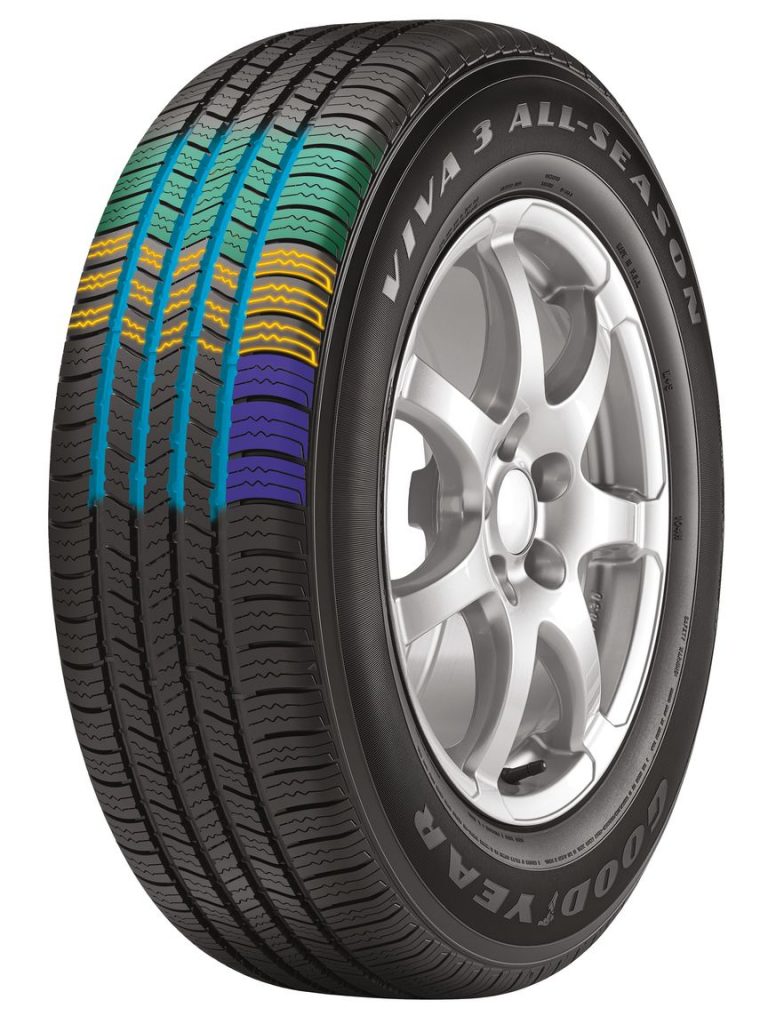How to Know When You Need New Tires
The National Highway Traffic Safety Administration (NHTSA) has found that bad tires cause over 10,000 accidents every year. Despite this fact, too many drivers neglect their tires and travel much further on them after they’ve been compromised or deteriorated than is safe. Proper tire care and maintenance is critical to not only your car’s safety but its performance as well. Neglecting your tires increases the likelihood of accidents and decreases the handling of your car, while also increasing your gas consumption.
Wear and tear from even local and commuter driving continuously degrades tires, and even though the technology used to manufacture high-quality automobile tires has improved by leaps and bounds over the past decade the need to replace them with a new full set is a predictable part of car ownership. If you’re tempted to postpone buying tires because of the high out-of-pocket cost, explore the financing options available through sources like Tire Agent.
Your tires interact with every road surface you travel, and any road can potentially cause damage. There are common signs that you need new tires, and some of the most critical are:
The Age of Your Tires: Even if you haven’t driven much or have purchased a used car with tires that don’t show any visible signs of damage, it is recommended that a set of tires be replaced every 5–10 years. This is because the material used to make tires breaks down over time and also because the design of tires continues to improve due to new safety innovations.
Bald Tires: Low tread on tires leads to the kind of smooth surfaces commonly known as bald tires, and this is a sign that you need to make a new set a priority. Sometimes bald spots on tires are inconsistent or patchy, which can be caused by other problems like alignment and suspension. Along with new tires, you may well need to address the underlying cause.
Bubbles and Cracks: Any visible sign that the material making up your tires has been compromised means that it is likely time for replacements. Deformities like bubbles and cracks can come from many causes, including climate and weather conditions, roadway chemicals, low-quality construction or design, and production defects.
Sounds and Vibrations: There may be a problem with your tires even if they are new and show no signs of visible damage. One of the surest ways to know you need to have your tires examined is if you are regularly hearing strange noises from the wheels of your car while driving or are feeling unusual vibrations. This could be caused by tire-related issues such as underinflation and not only degrade tires but lead to additional repair needs if unaddressed.
Remember that because of the importance of alignment and balance, it is always best to replace all of your tires at once with a completely new set. This also allows for consistency in your auto care planning and scheduling. If you cut corners when it’s time to make the purchase, you’ll only increase the likelihood of causing more problems due to driving on mismatched wheels.



